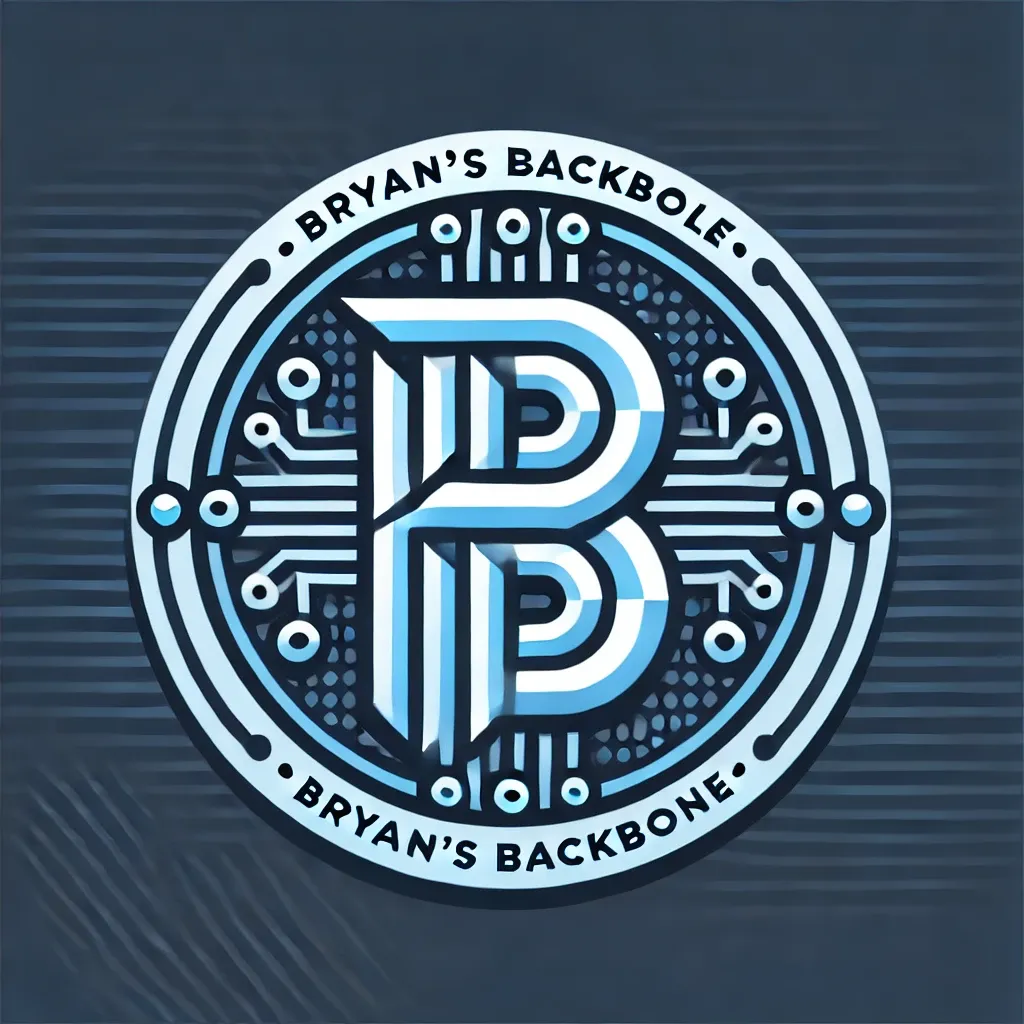🚀 Troubleshooting RSVP-TE in an MPLS Core Lab (EVE-NG)
Diagnosing and fixing RSVP-TE signaling issues in an MPLS core lab with EVE-NG. Step-by-step commands, lessons learned, and key takeaways.

Spent some time in the lab fine-tuning RSVP-TE over an MPLS Core in EVE-NG.
The goal?
Build a fully operational LSP across the service provider backbone, ensuring label switching and traffic engineering constraints work as expected.
😵 The Problem
I ran into a classic issue:
Admin: up
Oper: down
Path: not valid
Signaling: Down
That’s a dead giveaway that RSVP signaling isn’t forming properly. Here's how I fixed it — step by step.
✅ Step-by-Step Fixes
1️⃣ Checked RSVP on All Core Interfaces
Command:
show ip rsvp interface
🔍 Found RSVP was missing on a transit link. Added ip rsvp bandwidth, and immediately, neighbors started forming.
2️⃣ Validated RSVP Neighbors
Command:
show ip rsvp neighbor
🔍 Initially returned no neighbors. After correcting RSVP on PE1 ↔ P1 ↔ PE2, the tunnel began signaling properly.
3️⃣ Confirmed IGP Reachability
Command:
ping 2.2.2.2 source 1.1.1.1
✅ Verified that the RSVP-TE endpoint loopback was reachable via OSPF.
4️⃣ Checked Label Forwarding
Command:
show mpls forwarding-table
✅ Ensured that label bindings were properly allocated along the LSP.
🎯 Final State:
Oper: up
Signaled-Path: Yes
In-use path: dynamic
✅ The tunnel is up, RSVP is signaling, and traffic is flowing over the correct TE path.
🔥 Key Takeaways
- Both ends need
ip rsvp bandwidthfor RSVP neighbors to form - Your IGP must be rock solid — loopbacks must be reachable end-to-end
- Ensure MPLS is enabled on all core-facing interfaces
- Use
traceroute mpls ipv4(ortrace route mpls) to trace the LSP and detect drops
🧠 Share Your Thoughts
Check out my lab topology below! Would love to hear how others troubleshoot RSVP-TE issues in real-world deployments.

- Do you prefer LDP or RSVP-TE for MPLS Traffic Engineering?
- What’s the trickiest RSVP-TE issue you’ve had to troubleshoot?

